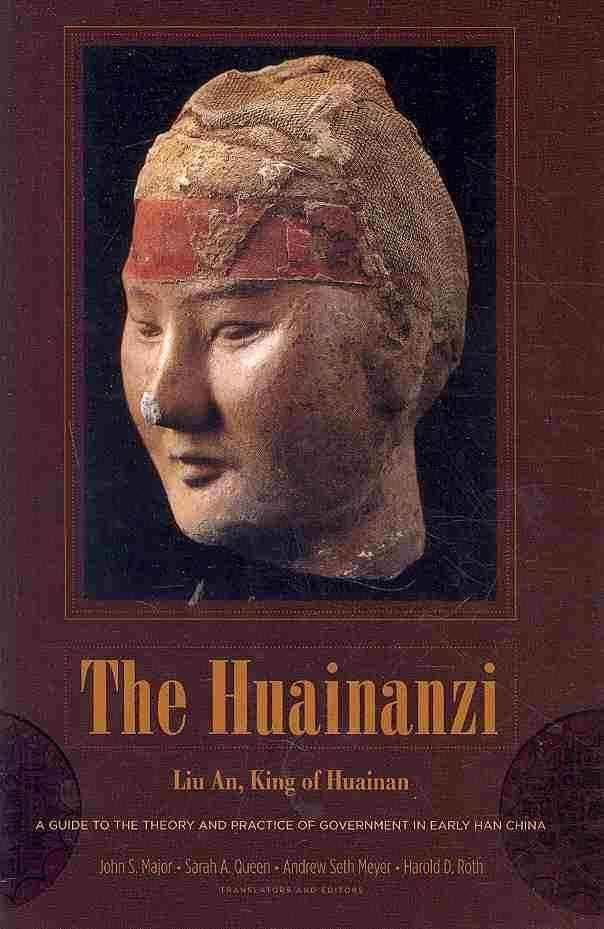9 /10 1 Votes9
Chinese 淮南子 Gwoyeu Romatzyh Hwainantzyy IPA [xwǎinǎntsɨ̀] | 4.5/5 Goodreads Hanyu Pinyin Wade–Giles Huai-nan tzu | |||||||||||||||||||||||||||||||||
 | ||||||||||||||||||||||||||||||||||
Literal meaning "[Writings of the] Masters of Huainan" Similar | ||||||||||||||||||||||||||||||||||
The Huainanzi (Chinese: 淮南子) is an ancient Chinese text that consists of a collection of essays that resulted from a series of scholarly debates held at the court of Liu An, King of Huainan, sometime before 139 BC. The Huainanzi blends Daoist, Confucianist, and Legalist concepts, including theories such as Yin-Yang and the Five Phases.
Contents
The Huainanzi's essays are all connected to one primary goal: attempting to define the necessary conditions for perfect socio-political order. It concludes that perfect societal order derives mainly from a perfect ruler, and the essays are compiled in such a way as to serve as a handbook for an enlightened sovereign and his court.
The book
The date of composition for the Huainanzi is more certain than for most early Chinese texts. Both the Book of Han and Records of the Grand Historian record that when Liu An paid a state visit to his nephew the Emperor Wu of Han in 139 BC, he presented a copy of his "recently completed" book in twenty-one chapters.
The Huainanzi is an eclectic compilation of chapters or essays that range across topics of mythology, history, astronomy, geography, philosophy, science, metaphysics, nature, and politics. It discusses many pre-Han schools of thought (especially Huang-Lao Daoism), and contains more than 800 quotations from Chinese classics. The textual diversity is apparent from the chapter titles (tr. Le Blanc, 1985, 15-16):
Some Huainanzi passages are philosophically significant, for instance, this combination of Five Phases and Daoist themes.
When the lute-tuner strikes the kung note [on one instrument], the kung note [on the other instrument] responds: when he plucks the chiao note [on one instrument], the chiao note [on the other instrument] vibrates. This results from having corresponding musical notes in mutual harmony. Now, [let us assume that] someone changes the tuning of one string in such a way that it does not match any of the five notes, and by striking it sets all twenty-five strings resonating. In this case there has as yet been no differentiation as regards sound; it just happens that that [sound] which governs all musical notes has been evoked.
Notable translations
Most Huainanzi translations deal with only one chapter, and no complete Huainanzi translation in a Western language existed prior to 2010.
